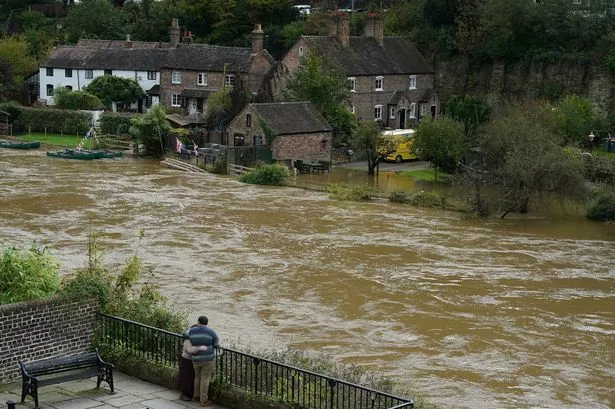A significant stride in India’s urban disaster management and climate-resilient planning has been made with the launch of an advanced urban flood response system by TerrAqua UAV Solutions Private Limited, incubated at the Startup Incubation and Innovation Centre (SIIC), IIT Kanpur. Supported by NTT DATA under its Corporate Social Responsibility initiative, this project is set to transform how Indian cities anticipate, respond to, and manage urban floods.
How will the flood response system improve urban disaster management in India
The new flood response system addresses several long-standing challenges in urban disaster management. Traditionally, Indian cities have struggled with delayed warnings, lack of precise data, and poor coordination during flood emergencies. With the integration of drone-based aerial surveys and satellite remote sensing, the system provides real-time, high-resolution data that enables authorities to forecast floods more accurately and issue early warnings.
This early detection is crucial for timely evacuations and resource mobilisation, reducing the risk to life and property. The system’s Web-GIS platform allows for the rapid mapping of flood-prone zones, helping disaster response teams and city administrators to make informed decisions during emergencies. Additionally, the platform enhances coordination among various agencies by offering a shared, up-to-date dashboard, ensuring that all stakeholders are working with the same actionable intelligence.
Urban planners can also use the detailed flood risk maps generated by the system to design better drainage systems, strengthen infrastructure, and plan new developments in safer locations. This approach supports not only immediate disaster response but also long-term urban resilience, making Indian cities better prepared for future floods.
What are the key features of IIT Kanpur’s flood mapping technology
At the heart of this initiative is a sophisticated Web-GIS platform developed by TerrAqua UAV. The technology combines high-resolution aerial imagery from drones with satellite data to create detailed maps and simulations of flood events. This dual data source ensures that the information is both granular and comprehensive, capturing the full extent of flood risks in urban and peri-urban areas.
Key features include real-time flood mapping, which allows authorities to monitor changing water levels and predict inundation patterns as a flood unfolds. The system also performs population impact assessments, identifying which communities and infrastructures are most at risk. The geospatial dashboard, demonstrated live at the launch event, is user-friendly and designed for quick interpretation by city officials, disaster response teams, and urban planners.
The pilot project, conducted across 24 flood-prone villages near the Ganga Barrage, showcased the system’s ability to collect and process granular data essential for proactive disaster planning. The platform’s scalability means it can be expanded to cover larger urban areas and integrated into existing disaster management frameworks.
What implications does this project have for future climate resilience efforts
The launch of this advanced flood response system marks a significant step towards building climate-resilient cities in India. As climate change increases the frequency and severity of extreme weather events, urban areas are becoming more vulnerable to flooding. The ability to predict, monitor, and respond to floods in real time is critical for minimising damage and protecting communities.
This project demonstrates the power of collaboration between academia, industry, and government in addressing complex climate challenges. By providing city planners, disaster managers, and local communities with advanced tools for risk assessment and response, the initiative supports the creation of safer, more sustainable urban environments.
Furthermore, the technology’s adaptability means it can be used to address other climate-related risks, such as droughts or heatwaves, in the future. The success of the pilot in Uttar Pradesh sets a precedent for scaling the solution to other flood-prone regions across India, empowering more cities to adopt data-driven, technology-enabled approaches to disaster management.


